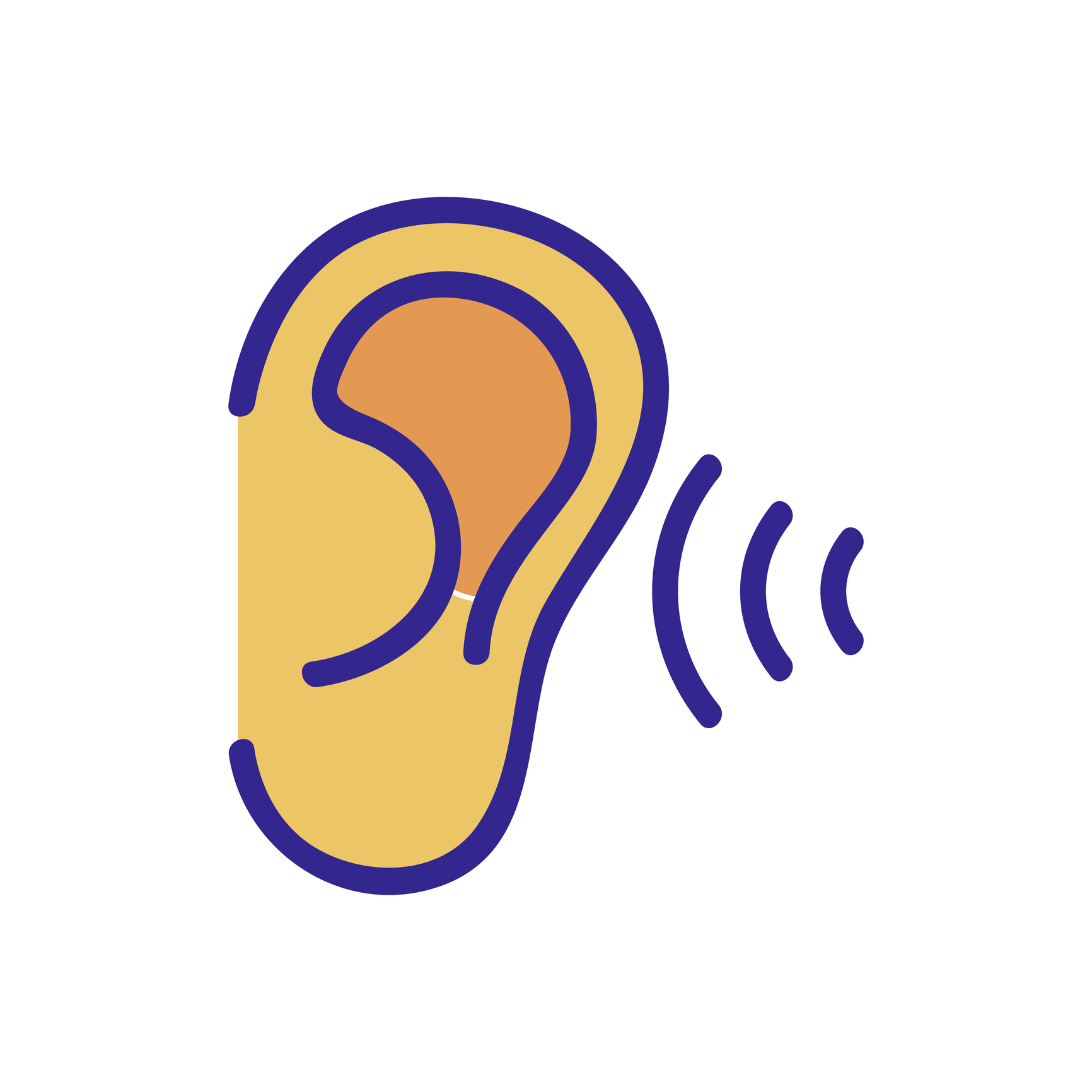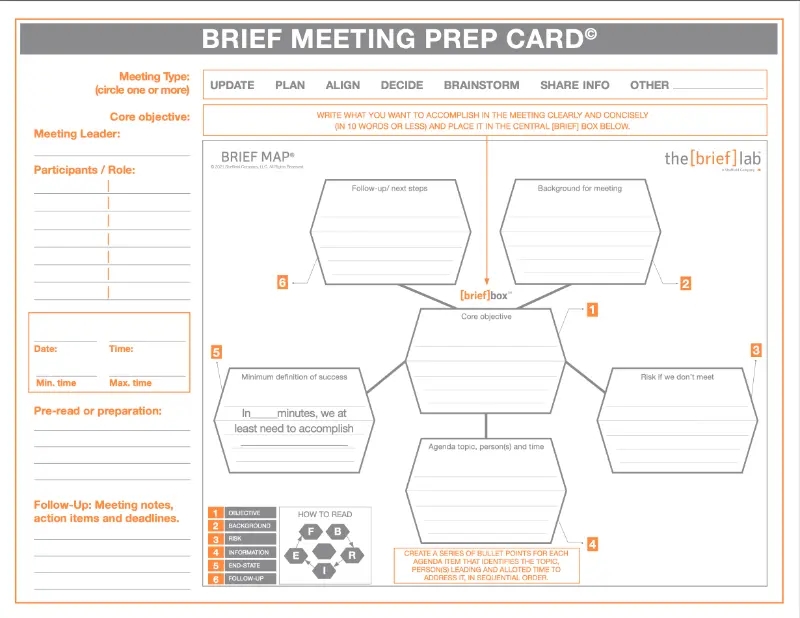What is Active Listening?

Have you ever been in a conversation where the other person wasn’t really listening to what you were saying? Maybe they were distracted, thinking about their own response, or just not interested. It is frustrating and even discouraging. But active listening is a way to ensure that all parties are heard and understood.
Active listening is a skill that requires focus, patience, and an open mind. Here, we will discuss the core elements of active listening, techniques to become an active listener, and why it’s important in the workplace.
What is Active Listening?
Active listening is a practice that promotes mutual understanding and effective communication. It involves focusing on the speaker and fully comprehending their message. This goes beyond just hearing; it requires engagement and attention to detail. By actively listening, we show respect to the speaker and create an environment where open and honest communication can thrive. Along with emotional intelligence, it allows us to connect with others on a deeper level, fostering stronger relationships and improving overall communication. Through active listening, we gain insights into different perspectives, avoid misunderstandings, and enhance problem-solving skills.
Core Elements of Active Listening
Presence is vital when practicing active listening, as it involves being fully engaged in the conversation. Non-verbal cues, such as body language and facial expressions, play a significant role in enhancing active listening by providing context and aiding in the interpretation of the speaker’s message. Maintaining eye contact demonstrates respect, interest, and attentiveness towards the speaker, while body language can convey emotions, attitudes, and intentions that words may not express. Active listening requires giving undivided attention and avoiding distractions, ensuring that the speaker feels valued and heard. By embodying these core elements, we can truly connect with others and foster effective communication.
Techniques of Active Listening
Active listening techniques are essential for facilitating deeper conversations and effective problem-solving. These techniques include:
- Asking open-ended questions
- Reflecting on–and paraphrasing–what is heard
- Listening patiently without interrupting
- Withholding judgment
These techniques, when practiced, enhance the quality of interactions and strengthen relationships. Incorporating these techniques into your listening skills can have a profound impact on your communication abilities.
Ask Open-Ended Questions
Asking open-ended questions promotes meaningful dialogue and encourages the speaker to elaborate, fostering a comfortable and engaging conversation. It is an essential element of active listening, showcasing genuine interest and curiosity in the speaker’s perspective. By using questions that require more than a simple “yes” or “no” response, open-ended questions help uncover additional information and clarify the speaker’s thoughts. This technique goes beyond surface-level understanding and allows for a deeper exploration of ideas. Through the use of open-ended questions, active listeners can create an inclusive and supportive environment that encourages the speaker to share their thoughts and feelings freely.
Paraphrase What is Heard
Reflecting on what is heard demonstrates active engagement and comprehension. It involves paraphrasing or summarizing the speaker’s words to ensure understanding. This not only helps the listener comprehend the message but also shows that they are actively engaged in the conversation. Reflecting on what is heard plays a vital role in making the speaker feel heard and acknowledged. By repeating or clarifying key points, the listener confirms mutual understanding between both parties. This practice prevents miscommunication and misunderstandings, ensuring effective communication. The ability to reflect on what is heard is a crucial aspect of active listening and contributes to building strong interpersonal connections and fostering better understanding.
 Listen Patiently
Listen Patiently
Granting the speaker sufficient time to express themselves is an essential aspect of patience in listening. It involves actively resisting the temptation to interrupt or rush the speaker, allowing them the space to fully articulate their thoughts. By practicing patience in listening, one can attain a deeper understanding of the speaker’s message and intentions. Additionally, incorporating pauses and periods of silence offers the speaker an opportunity to gather their thoughts and continue sharing their perspectives. Cultivating patience in listening contributes to the creation of a supportive and non-judgmental environment, enabling open and honest communication.
Withhold Judgment
Creating an open and non-threatening atmosphere is an essential aspect of active listening. By withholding judgment, we suspend personal opinions and biases, allowing for a more objective understanding of the speaker’s perspective. This approach encourages honest and authentic communication, as it demonstrates a willingness to listen without prematurely evaluating or making assumptions. Withholding judgment also promotes fruitful conversations by fostering an environment where individuals feel safe to express themselves without fear of criticism or rejection. By practicing active listening without judgment, we can create stronger connections, gain deeper insights, and establish meaningful relationships.
Why is active listening important in the workplace?
Active listening is crucial in the workplace because it enhances teamwork, resolves conflicts, and improves leadership skills. It promotes collaboration, prevents misunderstandings, and facilitates effective decision-making.
Build Connections
Building genuine connections with colleagues is an important aspect of effective communication in the workplace. Active listening plays a vital role in this process by showing respect and valuing others’ opinions. One way to foster a comfortable environment for discussion is by engaging in small talk, which helps break the ice and facilitates open communication. Nonverbal communication also plays a crucial role in building connections, as it allows for a deeper understanding of emotions and intentions. By incorporating these practices into your interactions, you can create meaningful connections with your colleagues, fostering a positive work environment.
Develop Trust
To develop trust, it’s important to show genuine interest in the speaker’s words. By actively listening and paying attention, you can demonstrate your attentiveness and create a sense of trust. One effective way to build trust is to paraphrase what the speaker said, ensuring mutual understanding and validation of their thoughts. This shows that you are actively engaged and committed to understanding their perspective. Practice active listening techniques such as maintaining eye contact, nodding in agreement, and using verbal cues to encourage further conversation. These actions will help build rapport and establish trust between you and the speaker.
Identify and Solve Problems
Active listening plays a crucial role in problem-solving. By actively listening to others, you can identify underlying issues that may not be explicitly stated. This allows you to gain a deeper understanding of the problem at hand and enables you to find more effective solutions. Additionally, active listening fosters open communication and trust, creating an environment where problems can be discussed openly and honestly. By actively engaging in the conversation and truly understanding the perspectives of others, you enhance your problem-solving abilities and increase the likelihood of finding successful resolutions. So, make sure to incorporate active listening into your problem-solving process for better outcomes.
Increase Your Understanding of Various Topics
By actively listening, you can absorb information more effectively and expand your knowledge in different areas. It is important to focus on the speaker’s main points and consider taking notes if necessary. Asking for clarification when needed is also essential to improving comprehension. Active listening reduces the chances of overlooking crucial information, enabling you to gain a deeper understanding of the subject matter. So, make sure to practice active listening to enhance your understanding and broaden your knowledge in diverse fields.
Practice Your Active Listening Skills
Seek out opportunities for active listening in various contexts, such as meetings, one-on-one conversations, and even when you meet someone for the first time. Reflect on your listening habits and identify areas for improvement. Practicing active listening techniques can be particularly beneficial in job interview situations, where your ability to listen and understand the interviewer’s questions is crucial. By continuously learning and incorporating these steps into your daily life, you can improve your active listening skills and become a more attentive and engaged listener.
- Engage in Active Listening Exercises: There are various exercises and role-playing activities designed to enhance active listening skills. These can be found in communication workshops or online.
- Continually Learn: Read books or take courses on communication skills. Have practice conversations and ask for feedback. The more knowledge you gain, the better equipped you’ll be.
Remember, active listening is a skill, and like all skills, it can be developed and refined with practice and intentionality. By committing to improving, you’ll become a better listener and foster deeper and more meaningful connections with those around you.
Active Listening is Key to Improving Communication Skills
Active listening is a crucial skill that can greatly enhance communication and relationships, both in the workplace and in personal settings. By actively engaging in the conversation, asking open-ended questions, reflecting on what is heard, and withholding judgment, you can build connections, develop trust, identify and solve problems, and increase your understanding of various topics. While some people may have a natural inclination towards active listening, it is a skill that can be learned and perfected through practice and conscious effort. By improving your active listening skills, you can become a better listener and create more meaningful and effective interactions with others.
How The Brief Lab Can Help
The Brief Lab hosts workshops, webinars, and online courses for organizational leadership teams that want to learn to communicate efficiently and effectively. Professional leaders recognize the value of concise communication as a core skill that sets them apart. Brevity forces clearer thinking, which leads to better decisions and results. Active listening is a key part of being able to communicate with brevity. You must be able to understand the person speaking so that you can ask relevant follow up questions and get clarification. When you embrace concise communication and develop a culture of brevity, you can:
- Reduce time spent in meetings, briefings and your inbox.
- Make better decisions faster based on clear, consistent information.
- Develop consensus that unifies effort and encourages follow-through.
- Enhance understanding of your mission and message.
- Improve operational efficiency and effectiveness.
- Ensure clarity to reduce confusion and re-work.
Contact us to learn about our offerings; we’ll teach you and your team how to embrace concise communication and develop a culture of brevity.
Final Thoughts
Active listening is a crucial skill that can greatly enhance communication and relationships, both in the workplace and in personal settings. By actively engaging in the conversation, asking open-ended questions, reflecting on what is heard, and withholding judgment, you can build connections, develop trust, identify and solve problems, and increase your understanding of various topics. While some people may have a natural inclination towards active listening, it is a skill that can be learned and perfected through practice and conscious effort. By following the steps to enhance your active listening skills, you can become a better listener and create more meaningful and effective interactions with others. Start implementing these techniques today and experience the positive impact they can have in your professional and personal life.
Frequently Asked Questions
How is active listening different from passive listening?
Active listening is distinct from passive listening in several ways. While active listening involves giving full attention to the speaker and providing feedback, passive listening simply entails hearing without actively engaging. Active listening demands focus, concentration, and effort from the listener, whereas passive listening can result in misunderstandings and miscommunications.
What are some common barriers to active listening, and how can they be overcome?
Barriers to active listening include distractions, biases, and a lack of focus. Overcome distractions by eliminating them or finding a quiet location. Address biases by being aware of them and listening without judgment. To improve focus, practice mindfulness techniques like deep breathing.
How can I improve my active listening skills?
To enhance your active listening skills, practice being fully present and engaged in conversations. Use nonverbal cues like nodding and eye contact to show you’re listening. Ask clarifying questions and summarize what you’ve heard for better understanding. Avoid interruptions and distractions.


